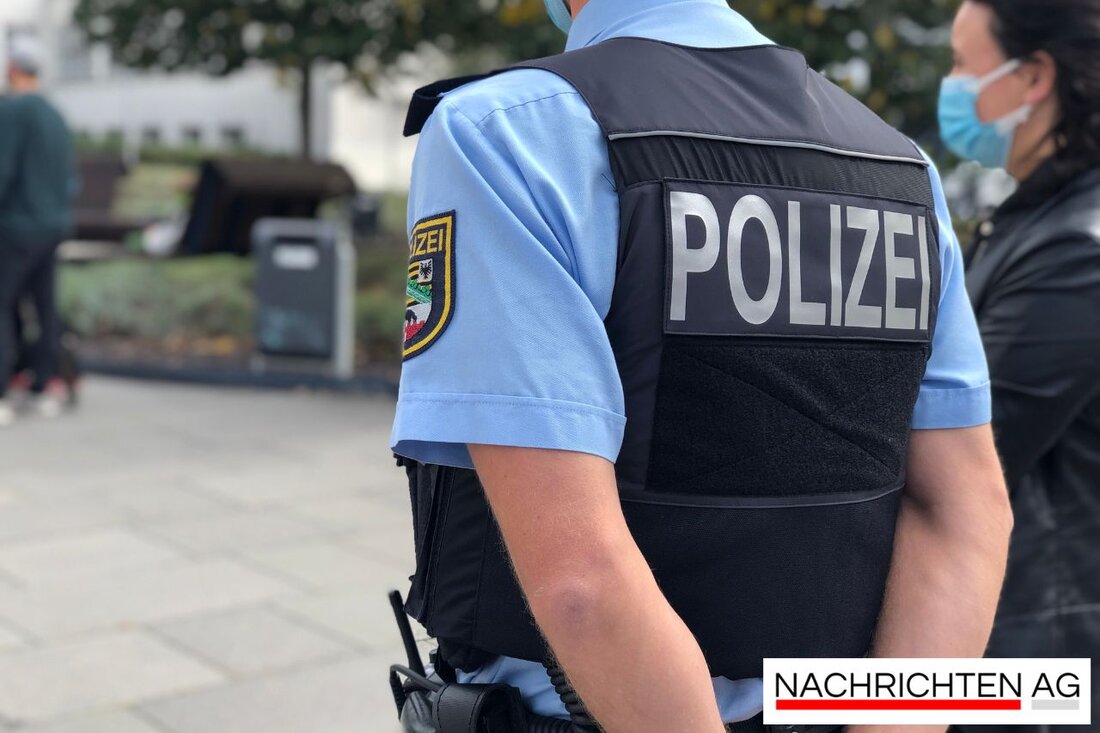Flash news from Bremen: Mobile speed cameras in use today!
Mobile speed cameras in Bremen: Current locations and speed limits on September 18, 2025 in the Steintor district.

Flash news from Bremen: Mobile speed cameras in use today!
In Bremen today, September 18, 2025, the speed of road users will be closely monitored. There are currently two mobile speed cameras in use that aim to increase road safety.
One of these mobile speed cameras is on the Osterholzer Heerstrasse (zip code 28325) reported. There is also a maximum speed of just 30 km/h. The operation was recorded at 2:19 p.m., but the exact location has not yet been determined. Another speed camera is on Osterdeich (zip code 28203) where the speed limit is 60 km/h and the check took place at 2:51 p.m.
The importance of speed monitoring
As always in road traffic, it is important to adhere to the maximum speed limits and adapt your speed to the current conditions. Driving too fast is one of the most common traffic violations and is the main cause of accidents, as well Wikipedia confirmed. Speed enforcement is carried out by the police and other local authorities to ensure compliance with the maximum speed limit.
In Germany, the police or regional regulatory authorities are usually responsible for this. Particularly in built-up areas, the public order offices are responsible for monitoring traffic, while the police take care of the out-of-town areas. These important tasks help to increase road safety and bring speeders to their senses.
Technical developments and methods
Speed enforcement techniques have evolved over the years. The first mobile radar devices were used in the late 1950s. The first mobile radar devices were used for speed monitoring in 1959. Today, many cities use various methods, including radar, lasers and photoelectric sensors, to measure vehicle speed.
Some of the modern devices work with innovative lidar systems, which are increasingly replacing radar. In Germany, the driver is responsible for speeding violations - which means that flashing can quickly prove to be expensive for drivers. Estimated costs for surveillance vehicles with radar technology were already estimated at around 160,000 euros in 2013, which also illustrates the economic aspects of speed surveillance.
In conclusion, the aim of speed monitoring is not just to issue fines, but above all to improve road safety. It is an advantage if all road users adhere to the applicable traffic rules. This means we can be safer on the roads every day.

 Suche
Suche
 Mein Konto
Mein Konto